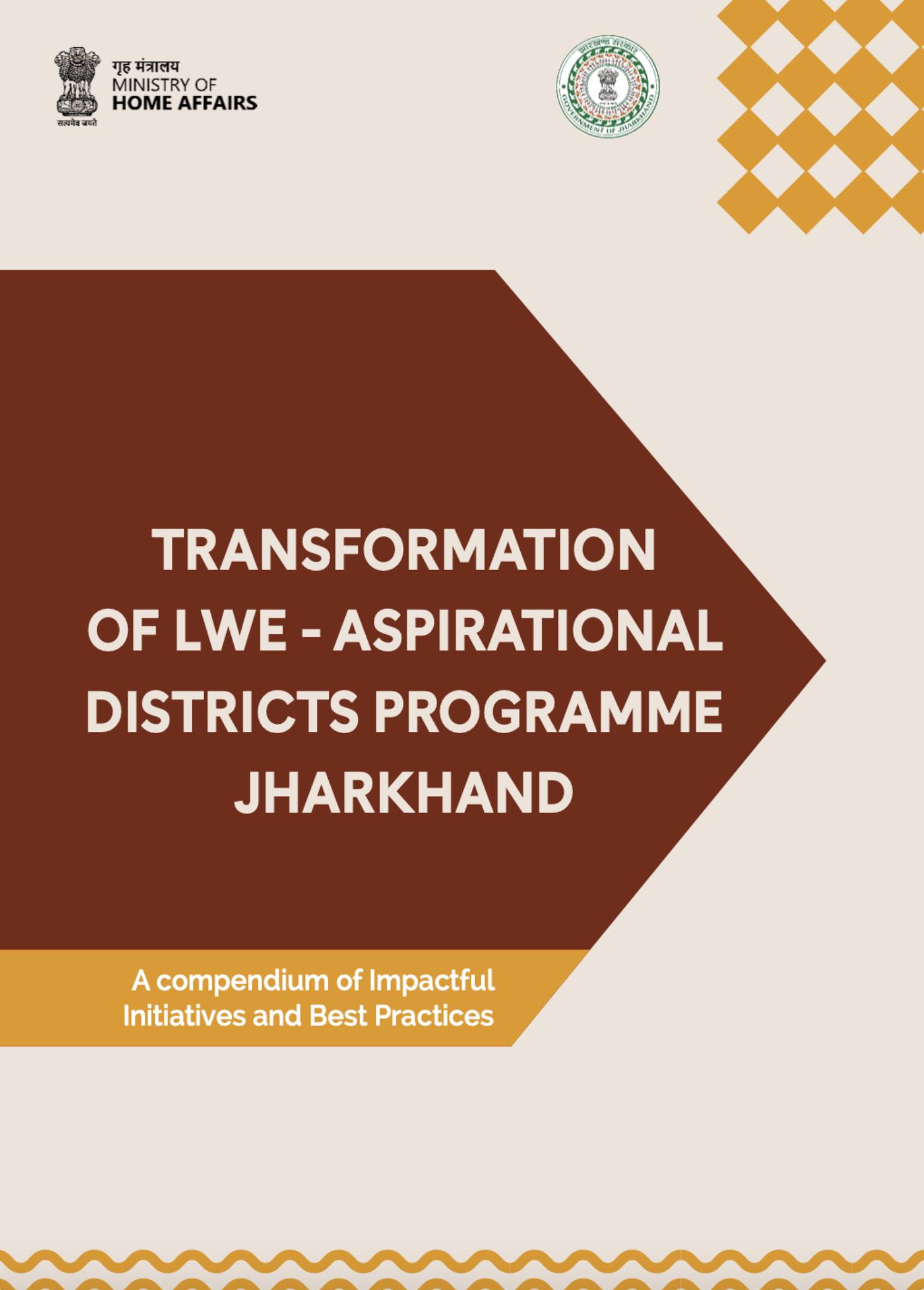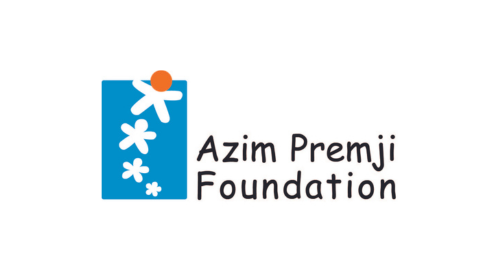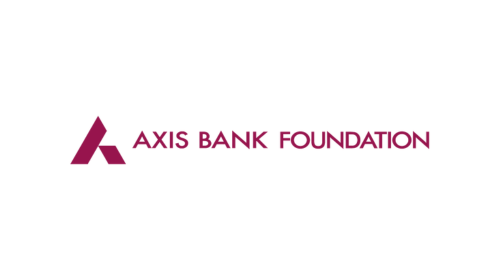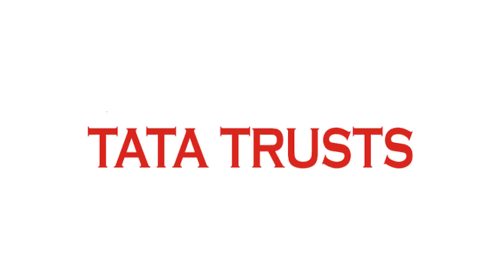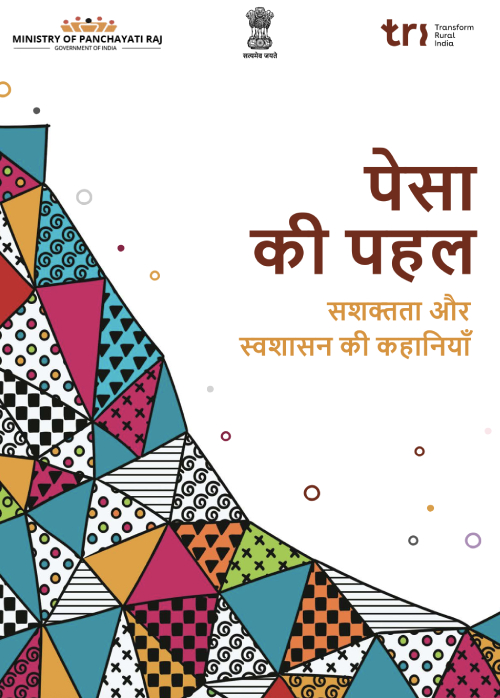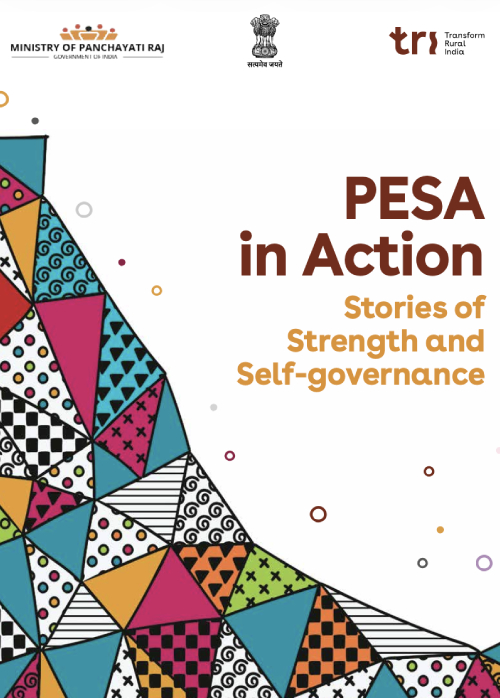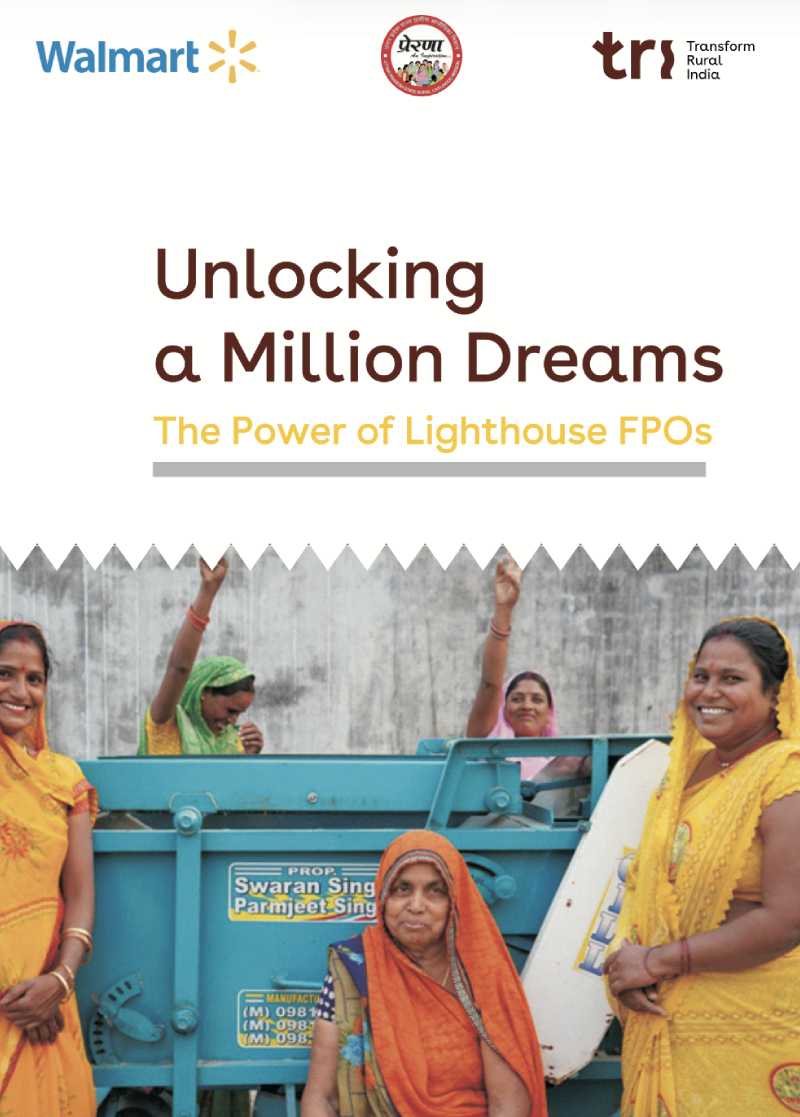Youth employment is a global challenge. Of the 1.8 billion youth worldwide, a third are out of school, unemployed or working in informal jobs. 90 percent live in developing economies, and three in four are women. In the face of growing unemployment, youth are grappling with the changing nature of work, automation, digitization, etc., alongside population shifts, health crises, climate change, conflict, urbanisation, etc.
India has ~378 million young people. Two out of three live in rural areas, and are largely disconnected from India’s story of economic growth, with women and youth disproportionately affected. Rural India makes up 70 percent of the country’s population, but only contributes about 46 percent towards the country’s GDP, with ~80 percent employed in agriculture and allied activities.
India’s rural youth have the potential to be the drivers of our economy. But how do we unlock this potential? The first step is to listen to young people – and this report captures the voices of rural youth from across the country, their aspirations and challenges, and desired services and areas of support – segmented by gender, age, and employment status, with the objective to yield actionable insights for stakeholders within the rural youth employment ecosystem.
It is with great pleasure and pride that we present this compendium of case studies showcasing the resounding success of the CMEGP. Transforming Rural India (TRI) has been instrumental in supporting the implementation of this scheme, through their design, analysis and strategy support unit.
The CMEGP has proven to be a powerful tool in generating employment opportunities and fostering the growth of micro-enterprises in rural areas. We have witnessed first-hand the positive impact it has had on the lives of young people, transforming their futures and empowering them to contribute significantly to our rural economy.
This compendium is a testament to the dedicated efforts put forth by the government, our partners, and the communities involved. It highlights the transformative power of providing employment opportunities and encouraging entrepreneurship, particularly in tribal regions where development has often been a challenge.

